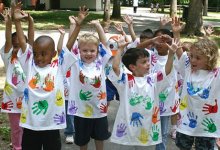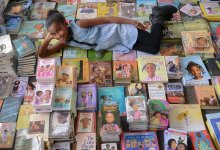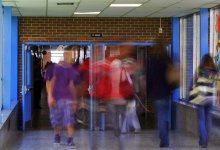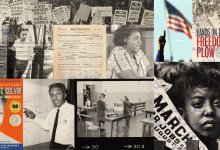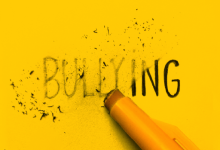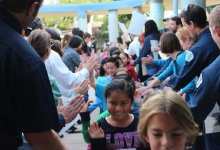Diversity
Find resources to help build an inclusive school community for students from different cultural, socioeconomic, and linguistic backgrounds and for children with unique instructional needs.
6 Strategies to Support Students With Non-Traditional Family Structures
Schools can avoid unintentionally alienating students by ensuring that all family structures are represented and welcomed.Why Black Teachers Walk Away
Teachers of color are leaving the profession at staggering rates. A new study highlights some of the reasons why.308.8kYour content has been saved!
Go to My Saved Content.Preparing for Cultural Diversity: Resources for Teachers
How can teachers prepare for diverse classrooms? There isn't a definitive answer, but there is a wealth of resources online. Discover some helpful links for teachers.334.8kYour content has been saved!
Go to My Saved Content.Teaching Young Children About Bias, Diversity, and Social Justice
Use young children’s understanding of differences to teach social justice through age-appropriate literature, news stories, anti-bias lessons, familiar examples, and problem solving.341.1kYour content has been saved!
Go to My Saved Content.How Does Poverty Influence Learning?
Poverty-related factors that intervene in students' ability to learn include health and well-being, limited literacy and language development, access to material resources, and level of mobility.255.1kYour content has been saved!
Go to My Saved Content.Schools Struggle to Support LGBTQ Students
Recent research finds the majority of teachers want to help LGBTQ students but don’t always know how.194.2kYour content has been saved!
Go to My Saved Content.Equity vs. Equality: 6 Steps Toward Equity
Ideas include knowing every child, celebrating their potential, recognizing their challenges, acknowledging inequity, and using culture as a resource.218.4kYour content has been saved!
Go to My Saved Content.Why Teachers of Color Matter for Students of Color to Succeed
Research shows that having a teacher of color can help students of color reach better outcomes; but the benefits extend to all young people, preparing them to live and work in an increasingly diverse society.107.5kYour content has been saved!
Go to My Saved Content.A Better Way to Teach the Civil Rights Movement
To improve history lessons on the period, educators emphasize the roles of grassroots activists, churches, schools, and women.122.6kYour content has been saved!
Go to My Saved Content.What Can Schools Do to Address Poverty?
Schools can address poverty through teaching social justice, offering equal academic opportunities, and discreetly providing school supplies, snacks, clothes, and other basic necessities.141.2kYour content has been saved!
Go to My Saved Content.Resources to Fight Bullying and Harassment at School
Discover websites, organizations, articles, planning guides, lesson plans, and other resources dedicated to preventing bullying and harassment.101.7kYour content has been saved!
Go to My Saved Content.5 Ways to Stop Bullying and Move into Action
With daily news reports about the devastating impact on students who have been relentlessly bullied, teachers find themselves on the front line in addressing bullying and intolerance. It is time to move into action. Not In Our School offers solutions-based strategies and tools for change to a network of schools that are working to create safe, inclusive and accepting climates.141.4kYour content has been saved!
Go to My Saved Content.Black Teachers Share Their Stories
Though public schools are becoming increasingly diverse, Black teachers remain underrepresented in U.S. schools. In their own words, three Black educators reflect on their successes—and their challenges.71.8kYour content has been saved!
Go to My Saved Content.Exploring Perceptions About Identity Through Self-Portraits
When students learn about each other’s identities, it helps them understand their own biases and prejudices, as well as build a space of respect and tolerance for all.60.3kYour content has been saved!
Go to My Saved Content.Preparing Staff for Diversity, Equity, and Inclusion Initiatives
Getting teacher buy-in is the most important step, and laying the groundwork for frank conversations will help administrators start.59.8kYour content has been saved!
Go to My Saved Content.


